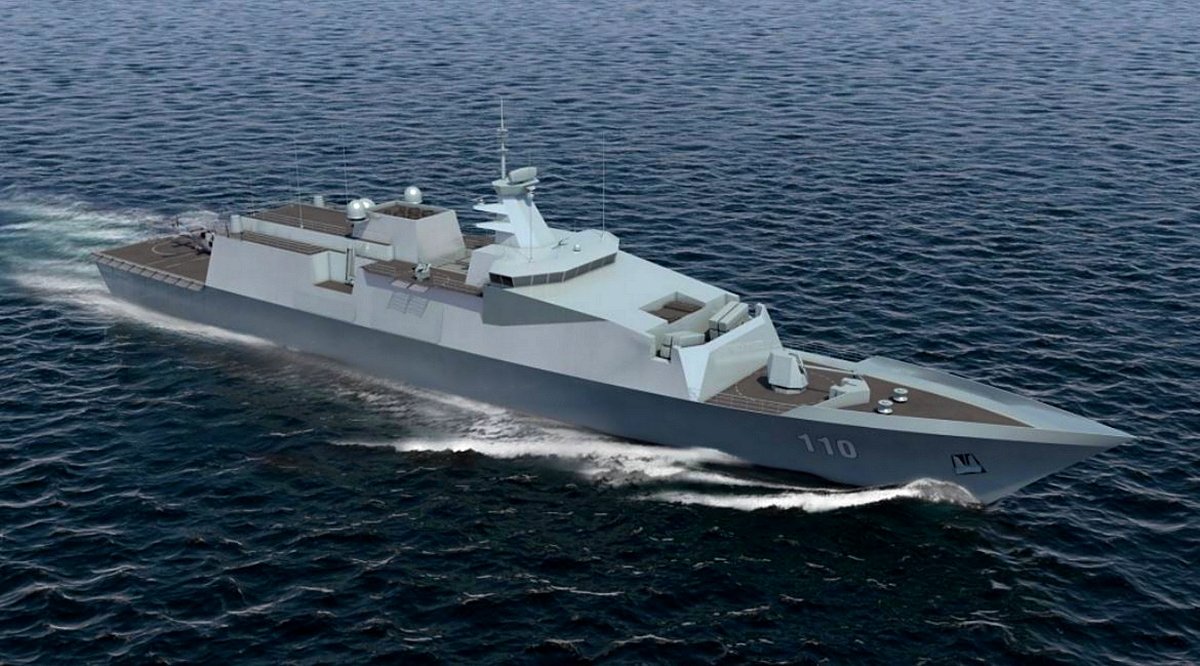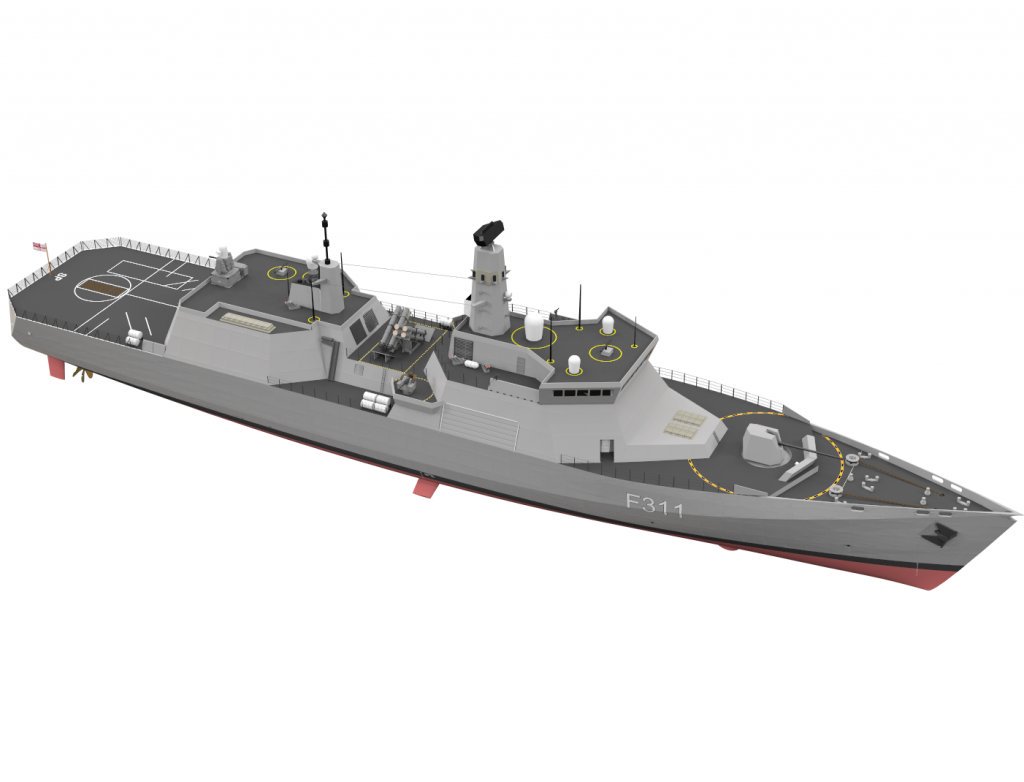Royal Navy ships will lose anti-ship missile capability in 2018 when the Harpoon missile is withdrawn with a replacement not due until ‘around 2030’.
We reported today, incorrectly, that the new frigates would more than likely have anti-ship weapons ordered to fill this gap before they enter service. We were mistaken and have since amended earlier articles to reflect what is written in this article.
While the Royal Navy will still have an anti-ship capability via the submarine fleet and embarked helicopters, this will still be a significant capability gap and even then, no Royal Navy helicopters will have anti-ship missile capabilities until 2020.
As we
, Harriett Baldwin and her French counterpart signed an agreement to explore future long range weapons for the Royal and French Navies and Air Forces with the aim of replacing the Harpoon anti-ship missile and the Storm Shadow cruise missile as well as an array of French weapon types.
French arms procurement chief Collet-Billon said last year at the meeting:
“We are launching today a major new phase in our bilateral cooperation, by planning together a generation of missiles, successor to the Harpoon, SCALP and Storm Shadow.
The FC/ASW (future cruise/anti-ship weapon) programme’s aim is to have by around 2030 a new generation of missiles.”
The missiles however will not be ready to replace Harpoon until 2030, leaving the Type 26 Frigates without any real means to engage surface warships aside from their helicopters.
The Future Cruise/Anti-Ship Weapon programme will look at options to replace and improve existing Naval and Air Force weapons systems in the next decade. Lasting up to three years, the assessment phase will help to define the missile designs and reduce risks to inform decisions about the next stage of the programme.
Harriett Baldwin had indicated earlier in the year that options for replacing the Harpoon anti-ship missile are ‘being considered’.
“The Harpoon system currently carried by the Royal Navy will reach its out of service date in 2018.
As part of a process of continuously reviewing the capabilities required to deliver their tasking, the Royal Navy is working alongside other areas of the Ministry of Defence to consider options for a Harpoon replacement.”
According to the Telegraph, Rear-Admiral Chris Parry said about the issue:
“It’s a significant capability gap and the Government is being irresponsible. It just shows that our warships are for the shop window and not for fighting.”
Former First Sea Lord, Lord West of Spithead said:
“This is just another example of where the lack of money is squeezing and making the nation less safe.We will have this gap of several years without missiles. Well, that’s fine if you don’t have to fight anybody in the meantime.”
Additionally, with Sea Skua now retired, Royal Navy helicopters will have no anti-ship missiles until the Sea Venom and Martlet missiles enter service in 2020.
Wildcat will receive the heavy anti-ship missile Sea Venom and the smaller Martlet to be used against small boats.
Martlet, formerly FASGW (Light), was due to enter service around 2015 on the Fleet Air Arm’s new Lynx Wildcat maritime helicopters, it still hasn’t. However the Ministry of Defence has placed an initial order for 1,000 missiles.
Sea Venom, formerly FASGW (Heavy), is a bigger anti-ship missile designed for larger targets.
In 2014, the Royal Navy awarded Thales Group a £48 million contract to deliver Martlet and later that year a contract was awarded to MBDA for the Sea Venom missile for use against vessels and land targets, replacing the Sea Skua.
Both missiles are to be integrated by Leonardo (then AugustaWestland) in a single £90m programme by 2018, with initial operating capability for both planned for October 2020.
Wildcat is, according to the manufacturer, able to operate up to 20 Martlet missiles or 4 Sea Venom missiles to disable or destroy vessels up to 1000 tonnes.
As for Merlin, the helicopter has two hardpoints to carry four Sting Ray torpedoes or depth charges. Some customers of the aircraft have chosen to deploy anti-ship missiles. Indeed in 2011, the Royal Navy was considering equipping their Merlin fleet with an anti-surface missile. This was reportedly dropped due to cost.






